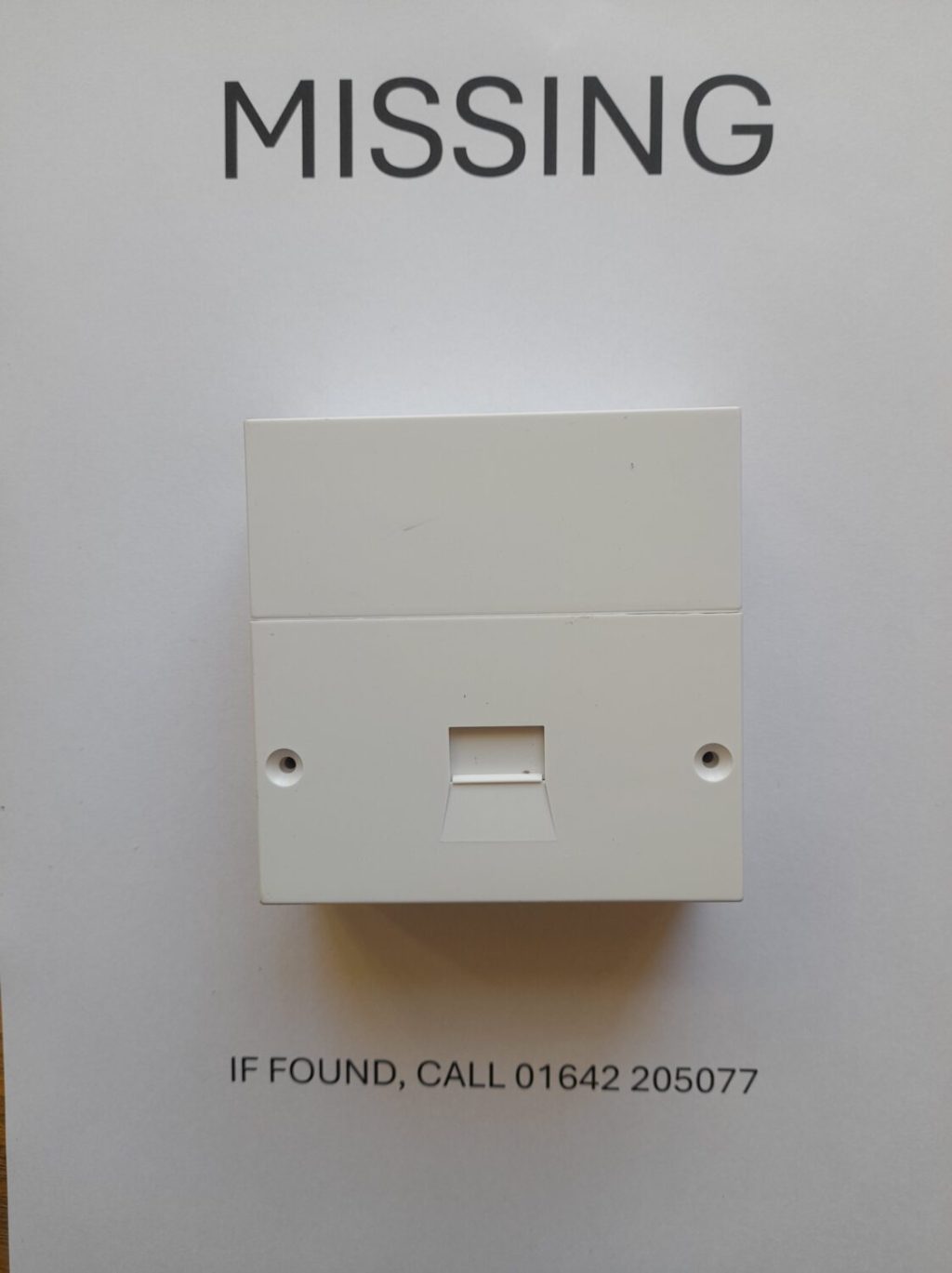What to Do When There’s No Master Socket in Your Home

Understanding the Role of a Master Socket in Your Home Network
If you’ve ever encountered the term “master socket” and wondered about its significance, you’re not alone. A master socket acts as the primary junction point between your home and your service provider’s network, typically Openreach in the UK. It’s not just a simple box on your wall—it plays a crucial role in maintaining your broadband and home phone performance.
The master socket serves as a testing point for engineers and even for homeowners who are troubleshooting connectivity issues. By using it, you can determine whether a fault lies within your internal wiring or in your provider’s external network. But what happens if there’s no master socket in your property? Don’t worry—this is a common scenario, especially in older homes built before the 1980s. Fortunately, there are steps you can take to identify and resolve the issue.
No Master Socket? Here’s How to Identify the Entry Point
In many cases, a master socket may be hidden or removed entirely. If you’re struggling to find it, start by checking where the external phone line enters your home. It’s often positioned near the front door or in a hallway. Pre-1980s properties usually feature a junction box, and in some cases, builders or previous homeowners may have tampered with it, leaving only a spliced cable or no socket at all. This can lead to connectivity issues, particularly with newer broadband installations.
If you suspect your master socket has been removed, carefully inspect any remaining junction boxes or cabling. Older setups often include a socket with a small, fuse-like surge arrestor that marks it as the primary entry point. If the original master socket or the wiring has been damaged or poorly handled during renovations, it’s best to contact a professional engineer. Many independent, ex-BT engineers operate across the UK and can restore your master socket to ensure optimal performance.
Why Upgrading to a Modern Master Socket Matters
Even if you locate your master socket, it may be worth upgrading to a modern NTE5 model if you’re switching broadband providers or experiencing intermittent faults. Openreach engineers prioritize ensuring the highest quality of service, and modern NTE5 sockets are designed with better specifications compared to their older counterparts. They also make testing easier and reduce the likelihood of issues caused by connected extensions within your home.
Keep in mind that if your service is functioning properly, it’s unlikely Openreach will replace the old socket for free. However, during installations for a new provider or router, they often fit updated versions as part of their job. If you have older cables or extensions creating faults, it may require additional work from an independent engineer to optimize your internal wiring.
Who to Call When You Need Assistance
If you find yourself without a master socket or facing challenges with your home wiring, calling a trained professional is your best option. Independent telecom engineers are skilled in testing and repairing residential broadband setups, ensuring your home is properly connected to the network. Additionally, if the removal or damage of the original master socket was caused by renovations or tradespeople, you may even be able to recover repair costs from the responsible party.
With the right steps and professional help, you can ensure that your home is set up for reliable and fast broadband connection. Don’t let the absence of a master socket hinder your internet experience—solutions are readily available!



